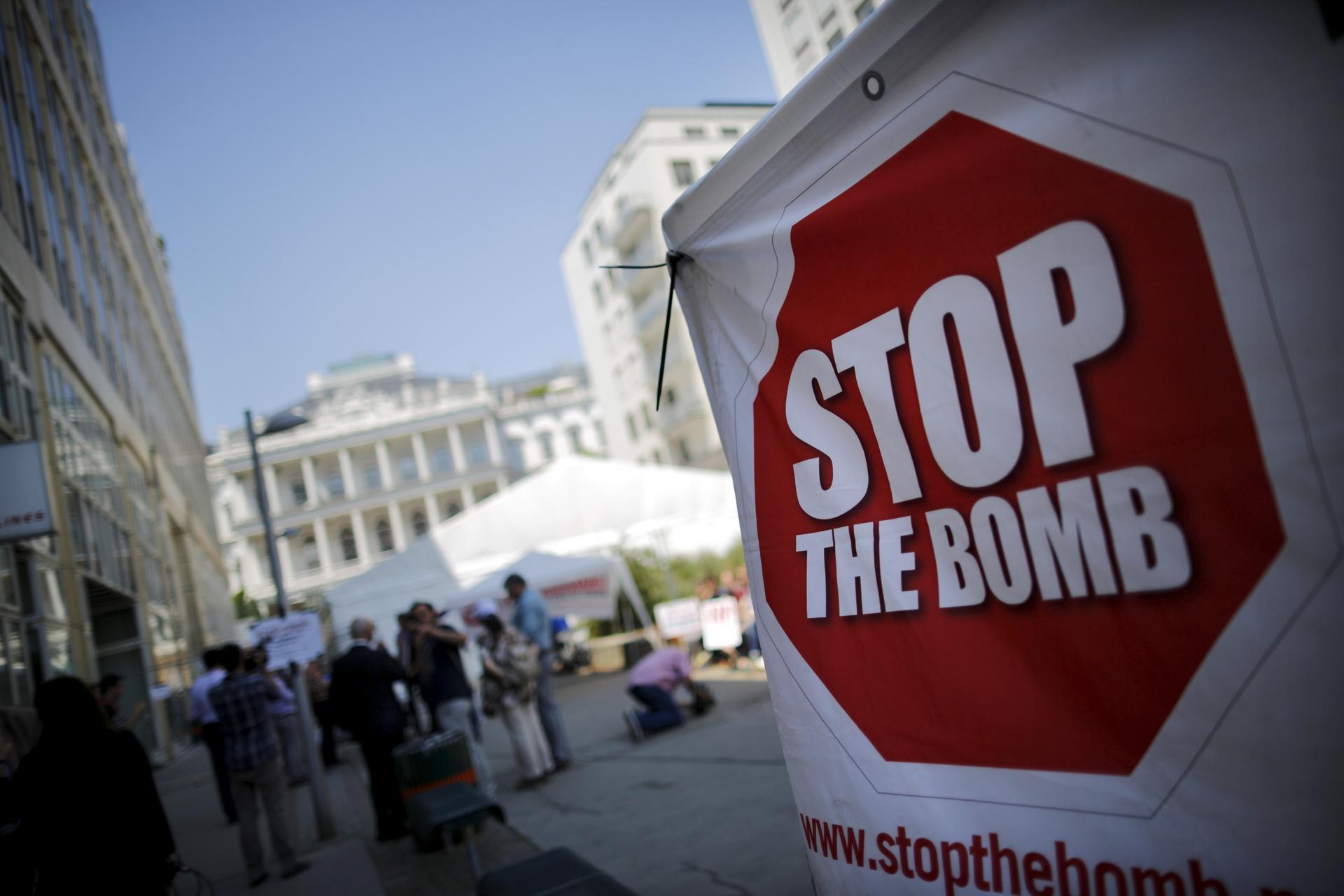The Energy Department, which oversees and finances the lab’s work, has poured tens of millions of dollars into fixing the problems, but so far, the expenditures haven’t borne much fruit. The facility — known as the Weapons Engineering Tritium Facility — is “vital” to the lab’s national security mission, but it remains closed, the department’s inspector general said in a report released July 20.
In fact, Los Alamos managers have been unable — after seven years of effort —even to prepare a sound analysis of the site’s safety hazards and the steps being taken to ensure that the radioactive gas at issue does not leak or explode and harm either workers or those living nearby, according to the DOE report.
DOE Inspector General Gregory H. Friedman said in the report that poor hazard analysis has been a recurrent problem at the lab, and said weaknesses in other projects have remained unfixed from one annual evaluation to the next. The lab, he wrote, “lacked sufficient qualified staff to resolve certain safety issues.”
The purpose of the tritium facility is to refine, mix and analyze that high-hazard gas, which is used in small amounts to boost a nuclear bomb’s pulverizing force. Those who worked at the facility struggled to ensure that monitoring equipment accurately tracked oxygen levels, to avert any chance of a sudden combustion during processing, according to the report. The lab’s own assessments, dating back to 2007, warned that the oxygen monitoring system in the building was unreliable. Energy Department staff in April 2013 cited the oxygen monitoring as one of 450 issues that needed to be addressed there.
Although the lab fixed the oxygen monitoring system last year, and so far has spent $17 million to prepare a comprehensive safety plan, it hasn’t completed the task. “There had been higher safety-related priorities” at the lab, Energy Department staff told auditors.
